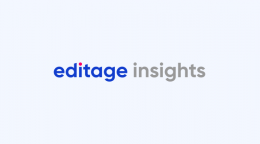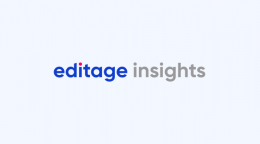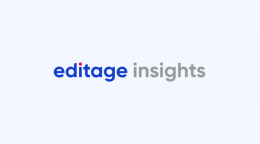43 Scholars from 10 countries meet to define predatory journals and publishers

A group of 43 leading publishers and scholars from 10 countries met in Canada to define predatory publishers and journals. The participants included funders, researchers, policymakers, academic institutions, librarians, publishing societies, and patients and caregivers who engage in research.
The growing presence of predatory journals and publishers is threatening academic publishing at a global scale. According to the group, “One barrier to combating predatory publishing is, in our view, the lack of an agreed definition.” They opine that having a unanimously agreed upon definition will provide a way to understand the influence of predatory journals and develop measures to thwart their growth.
After several hours of discussion based around 18 questions, the consensus definition the group arrived at was: “Predatory journals and publishers are entities that prioritize self-interest at the expense of scholarship and are characterized by false or misleading information, deviation from best editorial and publication practices, a lack of transparency, and/or the use of aggressive and indiscriminate solicitation practices.”
Further, the group also characterized predatory publishers and journals as follows:
- Provide false or misleading information about themselves and their processes
- Deviate from best editorial and publication practices and are often unprofessional
- Are not transparent about their contact information or details about article processing charges (APCs)
- Often use a flattering tone and solicit publications aggressively and indiscriminately
During the meet, the use of the term “predatory” was also debated as some authors willingly publish in low-quality journals. Alternative terms such as “deceptive,” “dark,” and “illegitimate” were proposed, but it was decided that the original term should be retained due to its widespread use.
To counter predatory publishing, the group plans to work with various stakeholders to obtain their inputs and create resources to evaluate the quality of journals. They also intend to track the activity of predatory publishers based on geography and discipline. Hearteningly, several governments and organizations such as the Committee on Publication Ethics (COPE) are actively taking steps to curb predatory publishing.
What do you think can be done to combat predatory publishers? Please comment below with your views.
Related reading:
- The presence of predatory journals on PubMed worries academics
- Publishing group OMICS International hit with $50 million fine for dubious publishing practices
- Predatory and pseudo-scientific publishing: A major threat to scientific rigor and research
Reference:
Comments
You're looking to give wings to your academic career and publication journey. We like that!
Why don't we give you complete access! Create a free account and get unlimited access to all resources & a vibrant researcher community.














